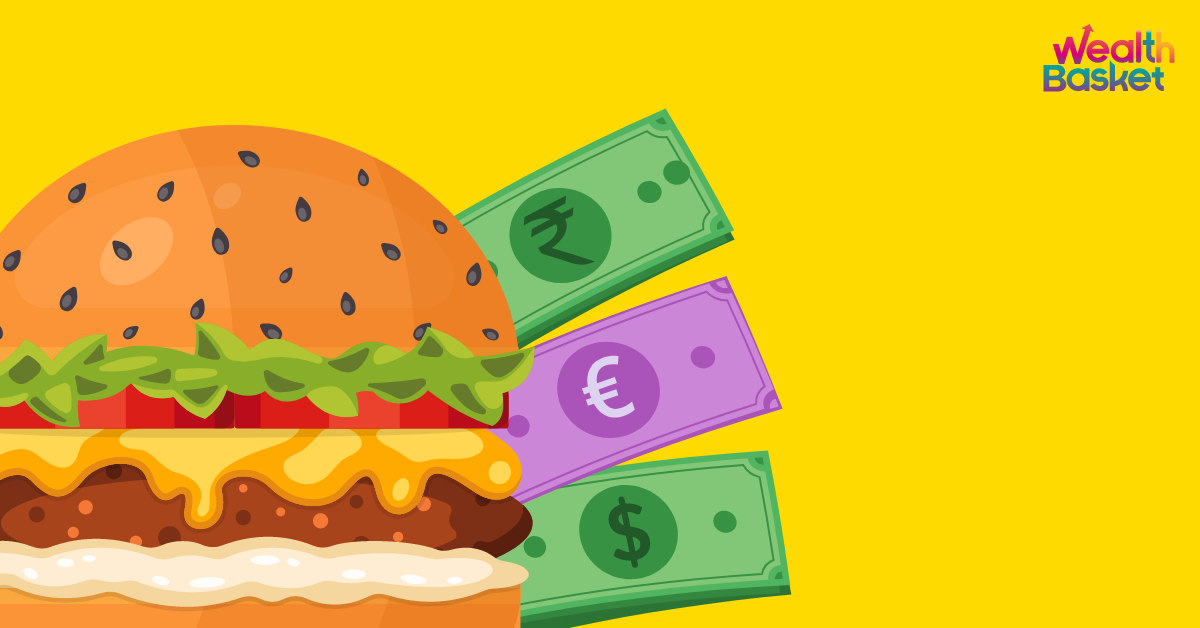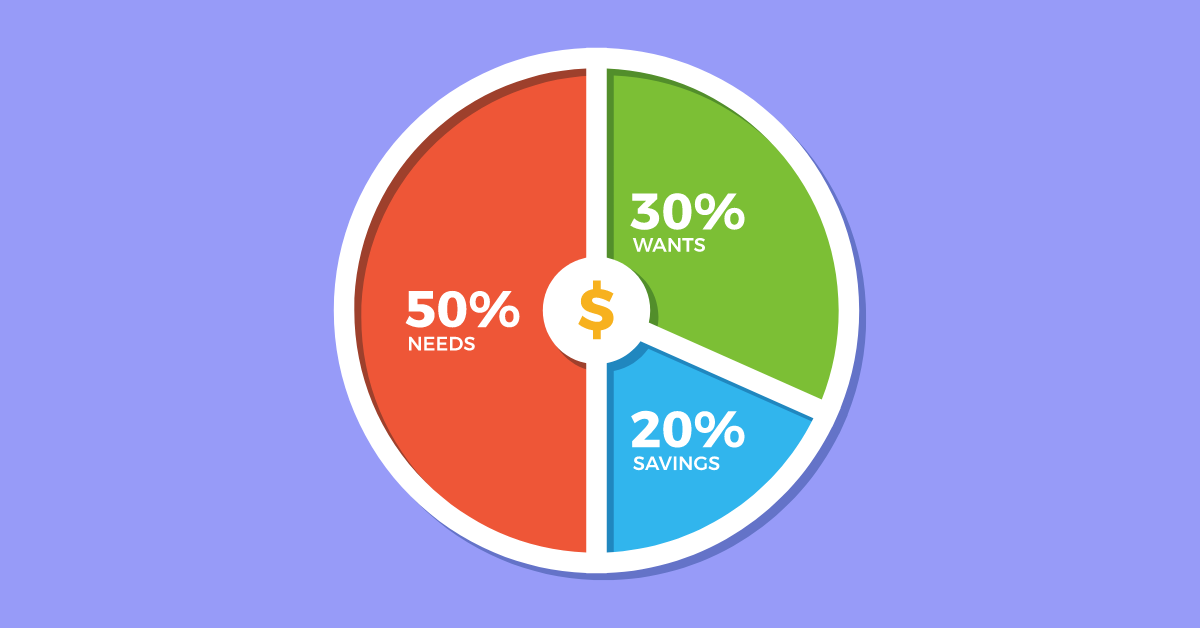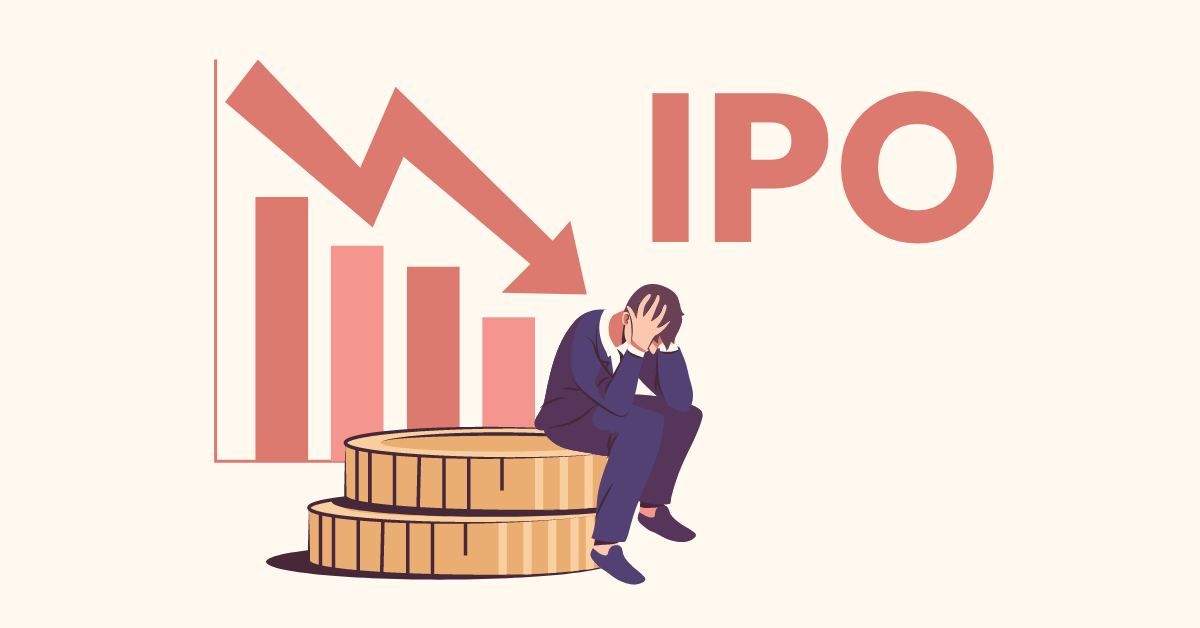Various economic theories can be very difficult for laypeople to understand. Purchasing power parity, a theory that attempts to explain exchange rates, is one such theory. In 1986, The Economist developed the Big Mac Index to simplify purchasing power parity theory.
This article explores the meaning of the Big Mac Index, the theory it attempts to explain, and other such off-beat indices.
What is the Big Mac Index?
The Big Mac Index compares the price of Big Macs, a burger offered by McDonald’s, across several countries. Why did The Economist spend so much time and money comparing burger prices?
According to purchasing power parity (PPP) theory, in the long run, the prices of an identical basket of goods and services should be equal in any 2 countries. If this is not the case, it would mean that the current exchange rate is not at the correct level.
Big Macs are sold worldwide and made with more or less the same ingredients and other inputs like labour, equipment, etc. By comparing the prices of Big Macs across countries, we are comparing the prices of almost identical baskets of goods and services across countries.
Also Read: What Is The Difference Between Nifty and Sensex?
How to understand the Big Mac Index?
Suppose the ratio of Big Mac prices in 2 countries is not equal to the exchange rate between 2 countries. In that case, theoretically, the exchange rate is not at the correct level.
Let’s look at a couple of exchange rate calculation examples that use the Big Mac Index.
Suppose in India the Big Mac costs ₹100 and it costs £200 in the UK. So, according to the Big Mac Index, the Indian rupee’s exchange rate against the British pound should be ₹1 = £2. But, suppose the exchange rate shows that ₹1 = £0.5. It would mean that the Indian rupee is undervalued compared to the British pound.
Similarly, suppose if in the Euro Area the Big Mac costs €150, and it costs $100 in the USA. So, according to the Big Mac Index, the exchange rate for euros to dollars should be $1 = €1.5. But, suppose the exchange rate is actually at $1 = €3. It would mean that the US dollar is overvalued compared to the euro.
Why should the exchange rate be at the level suggested by the Big Mac Index?
Take the 1st example we saw. The Indian rupee is undervalued. ₹100 is equal to £50. But, a Big Mac worth ₹100 in India would be worth £200 in the UK. So, hypothetically, if you bought a Big Mac worth ₹100 from India and sold it in the UK, you would get £200. When you convert this back to Indian rupees, you will get ₹400. But wait, how much money is a Big Mac in India? That’s right, ₹100! So, by just exporting the same Big Mac to the UK, you ended up with enough money for 4 Big Macs!
Such trades will stay possible till the exchange rate doesn’t adjust to the correct level.
You must note that the Big Mac Index is just a simplification of the purchasing power parity theory. To understand if the exchange rates are at the correct levels, you need to rely on indices like the cost of living index. The cost of living index measures the overall cost of sustaining life in a particular region.
Also Read: What Factors Determine Stock Prices?
What are other similar off-beat indices?
The Big Mac Index is not the only off-beat index out there. This section explores some of the other off-beat indices out there.
| Name of index | Idea | How to understand it? |
| Cardboard index | Cardboards are required to deliver goods to consumers. People won’t buy things if the times are tough | Higher production of cardboards suggests growth in economic activity |
| Champagne index | Champagne is a celebratory drink, and no one celebrates during tough times | If champagne sales are high, it means the economic situation is good |
| Lipstick index | Women turn to affordable luxuries like lipsticks during tough economic phases | Higher lipstick sales might occur during tough economic situations |
| RV index | Recreational vehicles would not be bought if people expected times to be tough in the near future | Declines in RV sales indicate an oncoming recession |
| Recession index | The New York Times and The Washington Post would not talk about recessions unless a recession is on its way | An increase in the use of the word ‘recession’ in articles of The New York Times and The Washington Post suggests a recession is on its way |
| Men’s underwear index | Men are likely to put off buying new underwear during tough economic phases | Higher men’s underwear sales signify a healthier economy |
| Hemline index | The healthier the economy, the higher the hemlines of women’s clothing would be | If hemlines of women’s clothing have increased, it means that the economy has progressed |
| Christmas price index | To truly understand how high inflation is, you must compare the cost of buying the same set of things during the same period of the year | Compare the cost of the 12 gifts bought by the ‘true lover’ from the Christmas carol ‘12 Days of Christmas’ during the current Christmas to the other Christmases to understand the rate of inflation |
Final Thoughts
Indices are meant to be shortcuts to understanding market conditions. But, sometimes, it is difficult to understand complex markets like the foreign exchange market. The Big Mac Index was born out of the need to explain foreign exchange markets, and it does a good job of it. However, such indices are often an oversimplification meant to explain the concept. Basing investment decisions off of such indices may not be wise.
Discover stocks that suit certain filter criteria and dive into details to check their WealthBaskets.
On WealthDesk, you can invest in combinations of stocks and ETFs, called WealthBaskets, built by SEBI-registered professionals. Each WealthBaskets follows a certain investment strategy and theme.
FAQs
The Big Mac Index was created by The Economist as a way to explain the theory of purchasing power parity (PPP). PPP theory states that in the long run, exchange rates should be at such a level that the prices of an identical set of goods and services are the same in any 2 countries. It shows whether exchange rates are at the correct level.
If the ratio of prices of Big Macs across 2 countries is not equal to the current exchange rate, then the current exchange rate is not at the correct level. As long as exchange rates are incorrect, you can hypothetically buy Big Macs in one country, sell them in the other country, convert what you get into 1st country’s currency and have more money than what you paid originally.
The law of one price or purchasing power parity says that if the exchange rates are at the correct level, an identical basket of goods and services should cost the same across different countries. The Big Mac Index, which compares the prices of Big Macs, is a shortcut to comparing prices of the same basket of goods and services across countries.
The Big Mac Index compares the prices of Big Macs across different countries to verify whether the same basket of goods and services used to produce the same Big Mac costs the same in the 2 countries at the current exchange rate.


















